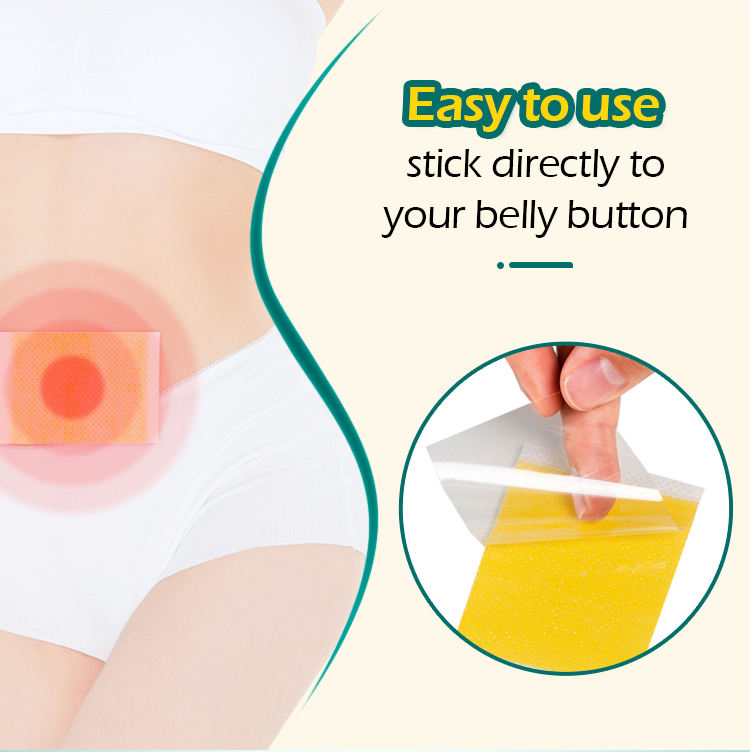Author:Kangdi 29-03-2024
The world of weight loss is always buzzing with the latest trends and fads promising an easy path to a slimmer figure. One product that's been generating a lot of chatter lately is the slimming patch – an adhesive patch typically containing herbal ingredients that you apply directly to your skin. Manufacturers claim these patches can help melt away excess fat and inches from your waistline. But do they really work, or is it all just clever marketing? Let's take a closer look.
01. How Are Slimming Patches Supposed to Work?
The proposed mechanisms behind slimming patches vary between brands, but most revolve around delivering their active ingredients through transdermal absorption into the bloodstream. Common components found in these patches include:
Green tea extract - Containing antioxidants like EGCG that may boost metabolism and fat burning.
Guarana seed extract - A plant source of caffeine suggested to increase thermogenesis.
Fucoxanthin - An antioxidant from brown seaweed proposed to target abdominal fat.
Vitamin B6 and B12 - Often included for their potential roles in energy production.
By infusing these botanical compounds and cofactors into the adhesive material, slimming patches claim to unlock fat-fighting effects that help users lose inches by wearing the patch daily.
02. The Evidence for Efficacy
While the idea of a slimming patch may sound convenient, the scientific evidence supporting their use for weight loss is relatively slim so far. Most of the existing clinical research has focused on the isolated ingredients rather than evaluating the commercially-available adhesive patches themselves.
One of the most frequently-cited studies on a branded slimming patch product dates back to 2009. This manufacturer-sponsored trial found that subjects wearing the patch experienced modest reductions in weight and body measurements compared to a placebo group over 8 weeks of use. However, the study had a small sample size and wasn't published in a peer-reviewed medical journal.
Another drawback is that determining accurate dosing from transdermal patches can be challenging, since absorption rates vary based on individual factors. Additionally, the skin itself acts as a barrier, so ingredients need to have the optimal molecular properties to effectively penetrate. This makes it difficult to ensure therapeutic delivery using a one-size-fits-all approach.
03. Separating Fact from Fiction
So what's the bottom line? Should you invest in slimming patches as part of your weight management efforts? Here are a few key points to consider:
Losing fat comes down to creating a calorie deficit through diet and exercise. Slimming patches don't override this basic principle.
Ingredients like green tea and caffeine do show some evidence for modest weight loss benefits when taken orally as supplements. But their efficacy in transdermal patches is still debated.
Any results seen from using slimming patches may be partially due to a placebo effect, where the act of using the product motivates users to stick to their diet and exercise regimens.
Patches are likely safer than oral supplements since absorption is lower. But side effects like skin irritation are still possible.
At the end of the day, slimming patches probably aren't the magic bullet for weight loss their marketing claims. But some may find them helpful for an added boost when used as part of a comprehensive lifestyle change. As with any weight loss product, it's wise to manage your expectations and consult a health professional, especially if you have any underlying medical conditions.
 0086 19937104978
0086 19937104978





